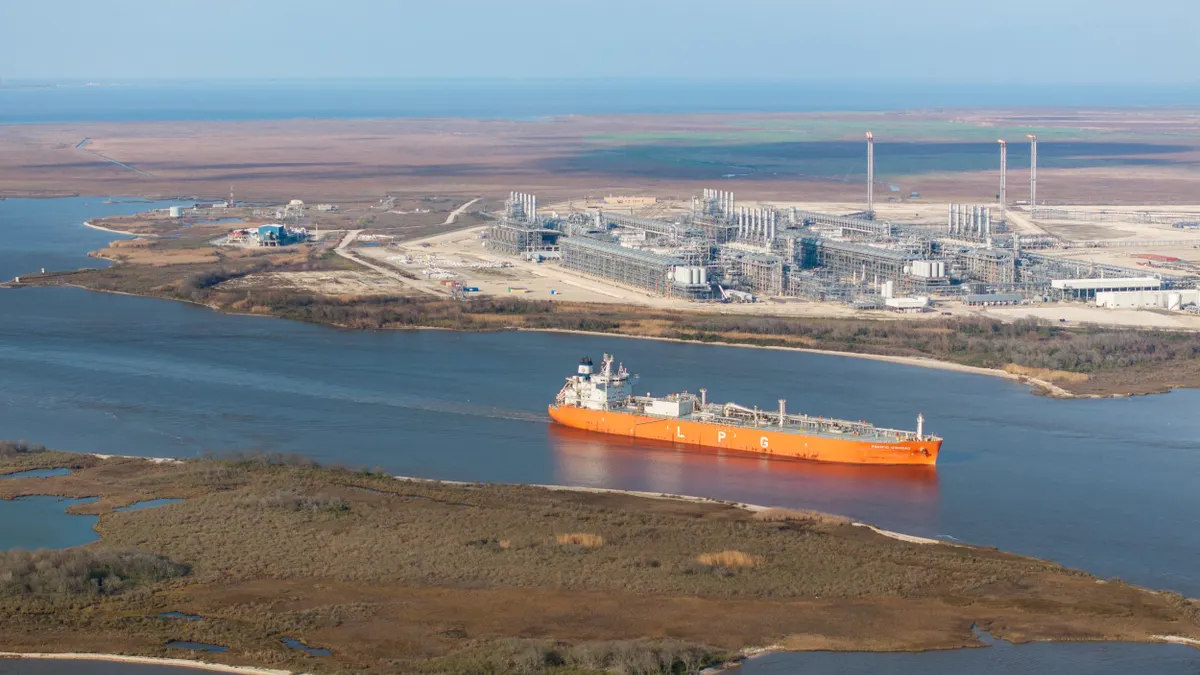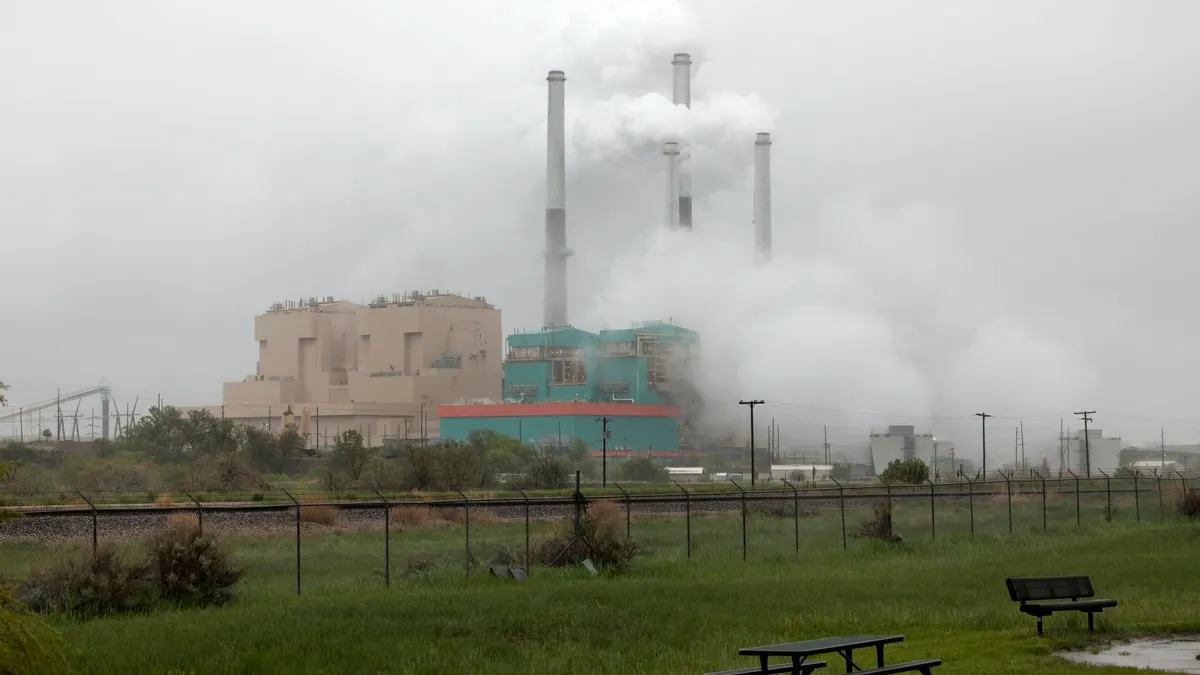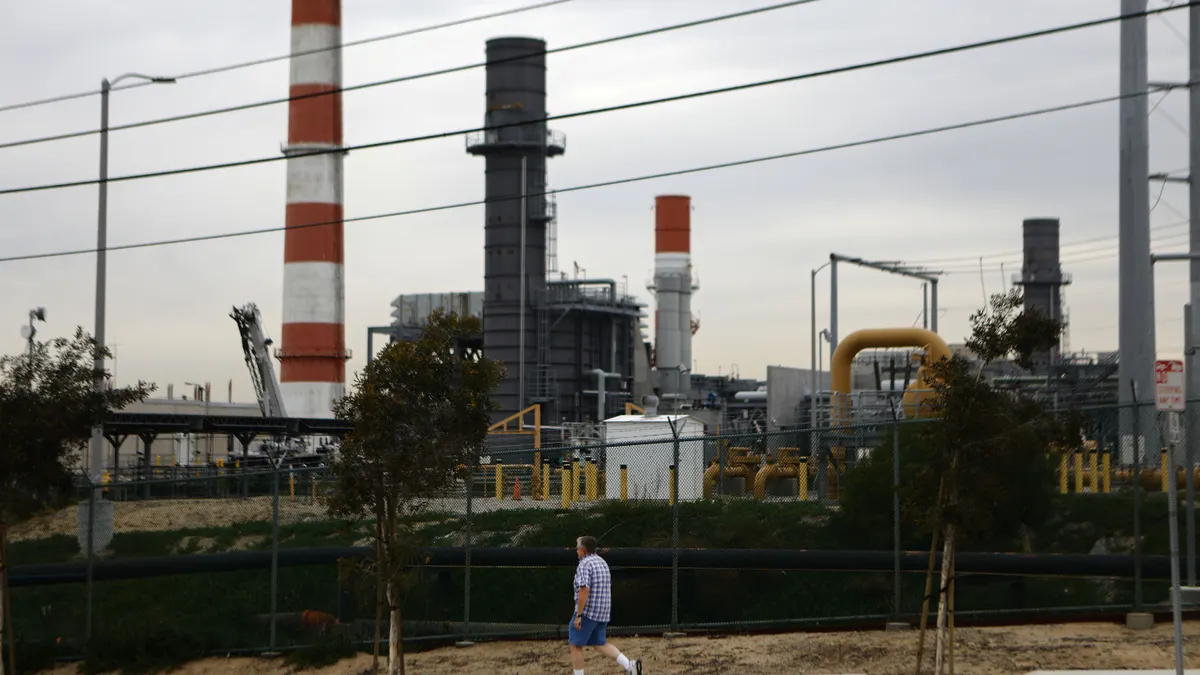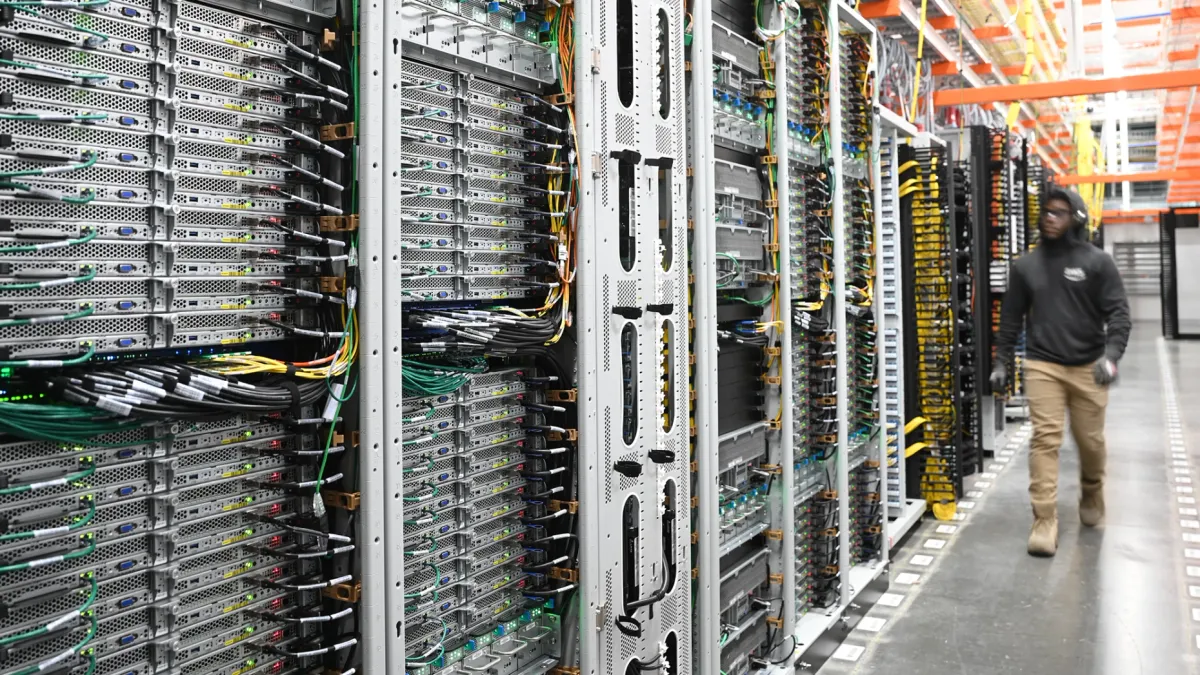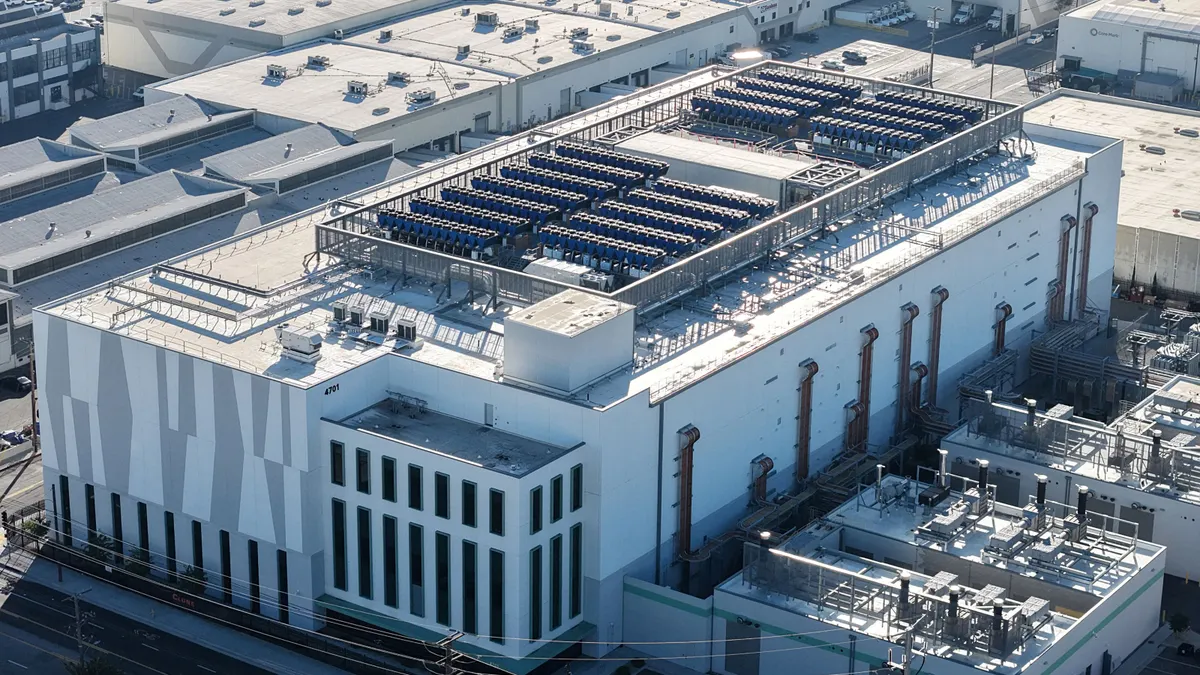Aaron Rokstad is founder and former CEO of Rokstad Power.
It’s not every day you see a city file a lawsuit against a major electric utility company — yet that’s exactly what happened in North Carolina, where local officials took Duke Energy to court over climate-related damages. Meanwhile, thousands of miles away in California, residents reeling from devastating wildfires argue that climate change is amplifying both the frequency and intensity of these disasters.
Electric companies are at the center of these headline-worthy events, whose operations — once lauded for spurring modern life — are now scrutinized for contributing to global greenhouse gas emissions. With public pressure mounting and new legal precedents possibly on the horizon, power and energy leaders are left pondering: Is my company next?
What’s with the accusations?
It’s not surprising that utilities are on the hot seat. Electricity generation accounts for a substantial portion of greenhouse gas emissions, especially in nations reliant on coal- and gas-fired power plants. While the oil industry has long been perceived as the heavyweight champion of carbon emitters, the electric sector isn’t too far behind. Fossil-fueled power plants produce carbon dioxide and other pollutants that warm the planet. Combine this with public perception — electricity is something we rely on 24/7, from charging smartphones to powering entire cities — and you have a highly visible industry that’s ripe for scrutiny.
That visibility can translate into legal action when climate impacts start to strain municipal budgets. If cities in coastal areas face rising sea levels, for instance, someone has to pay for seawalls, flood defenses and other protective measures. Duke Energy’s case in North Carolina might set a precedent that opens the door for additional lawsuits, especially if courts begin to hold utility companies partly liable for these adaptation costs. After all, from a plaintiff’s viewpoint, who better to target than the large, financially robust corporations that keep our lights on?
Electric utilities vs. ‘other’ industries
Of course, electric companies aren’t the only culprits. Oil refineries, petrochemical plants and heavy industries, for example, each play a significant role in greenhouse gas emissions. But unlike those specialized sectors, electric utilities serve everyone in our society. Even the most environmentally conscious households still plug into the grid for daily living — often with little transparency about the fuel mix powering their homes. Oil refineries are an easy villain, conjuring images of thick black smoke and blazing flare stacks. Electric companies, on the other hand, seem more benign. After all, who doesn’t appreciate a charged laptop battery?
This benign image is starting to be challenged, however. As lawsuits and public discourse grow, the entire energy value chain — from extraction to generation — faces pressure to adopt cleaner technologies. But shifting an entire nation’s grid from carbon-heavy fuels to renewables is no easy task. This is especially true for utilities with huge infrastructures built around longstanding fossil-fuel plants.
Challenges of the renewable energy transition
Renewables, while promising, come with hurdles that make the transition more complicated than simply swapping a light bulb. Reliability remains a pressing concern: solar and wind farms can produce power only when the sun shines or the wind blows. Without robust storage solutions — such as advanced batteries or pumped hydro — utilities risk intermittent supply that could lead to blackouts. That’s a real deal-breaker for consumers accustomed to flipping a switch and getting instant electricity.
Storage is improving, but not at the pace required to replace baseload coal and gas plants fully. There’s also the question of cost. Wind turbines and solar panels have become more affordable, but building out a renewable infrastructure demands enormous upfront investments in technology, transmission lines and maintenance. For publicly traded utilities, that price tag can weigh heavily on shareholders’ minds — especially when future profitability is tied to regulatory environments that seem to change with each new political administration.
Despite these challenges, governments around the world — including the Biden administration in the United States — pushed strongly for cleaner grids. Substantial federal funds and tax incentives sought to boost the adoption of solar, wind and other low-carbon solutions. Even countries like Canada, which already rely heavily on hydropower, are doubling down on decarbonizing their electricity mix. Yet, for all these well-intentioned plans, integrating renewables remains a puzzle. It’s one thing to build a wind farm; it’s another to ensure that its intermittent output can seamlessly mesh with existing grids that span thousands of miles.
That puzzle doesn’t just involve technology. Public buy-in is also crucial. Communities need convincing that wind turbines and solar farms won’t ruin landscapes or harm local ecosystems. Plus, decentralized generation — where small-scale solar or wind installations feed energy back into the grid — requires utilities to upgrade transmission lines and adopt new regulatory frameworks. For companies used to a top-down model, navigating this new energy democracy can feel like learning a new language halfway through a keynote speech.
The double-edged sword of energy transition
Then there’s the tricky balance of meeting today’s energy needs while preparing for tomorrow’s demands. A somewhat contradictory situation has emerged in which societies want green solutions but also crave more electricity for everything from electric vehicles to AI-driven data centers. (Let’s face it, advanced AI models don’t run on motivational posters alone. They devour huge quantities of power to keep those algorithms crunching data.) Electric companies must realize that the more we go digital, the more kilowatt-hours we need. Meanwhile, coal plants are scheduled for retirement, and not every region is a candidate for wind or solar expansions.
Utilities are also discovering that building out renewable energy sources in a hurry can strain the existing distribution network. In some cases, older power lines aren’t designed to handle two-way flows from home solar panels. Then, there are safety concerns, such as managing fire risks, especially in areas prone to wildfires or extreme weather events. The push toward hydrogen or battery storage is exciting, but it’s also uncharted territory, laden with regulatory and engineering challenges. Balancing safety, regulatory compliance, environmental concerns, and profitability is a daunting high-wire act — one that many executives wish had a clearer roadmap.
Are electric companies liable?
The short answer is: possibly. The tide of public sentiment and legal scrutiny is shifting. As more cities face climate-driven costs — from reinforcing sewers to relocating entire neighborhoods — pressure will mount to hold major greenhouse gas emitters accountable. Electric utilities, which once flew under the radar compared to Big Oil, may discover they’ve stepped into the legal crosshairs. Winning or losing in court could depend on how well these companies can demonstrate genuine efforts to cut emissions and invest in cleaner technologies. Merely paying lip service to sustainability might not cut it when entire communities are suffering from floods, extreme heat, or raging wildfires.
For power and energy leaders, the lessons I see are these:
- First, understand that changes in public sentiment and legal frameworks demand more than a “business as usual” approach; and,
- Second, seize the opportunity to innovate. Upgrading infrastructure, embracing renewables and collaborating with governments and communities are no longer optional if companies want to mitigate legal risks and maintain social license to operate.
Lawsuits might be stealing the headlines, but they’re only a symptom of a deeper reckoning: the world’s energy demands keep escalating, and the ways we generate and distribute power need to evolve. From solar farms in Arizona to hydropower in Canada, the road to a cleaner future is wide open, but it’s riddled with potholes in the form of technological, economic and social hurdles. Whether electric companies end up front and center in court cases or simply under the microscope of public opinion, this signals a transformative moment for the industry. The sooner power and energy leaders embrace the challenge, the better their chances of emerging on the right side of this changing landscape.







